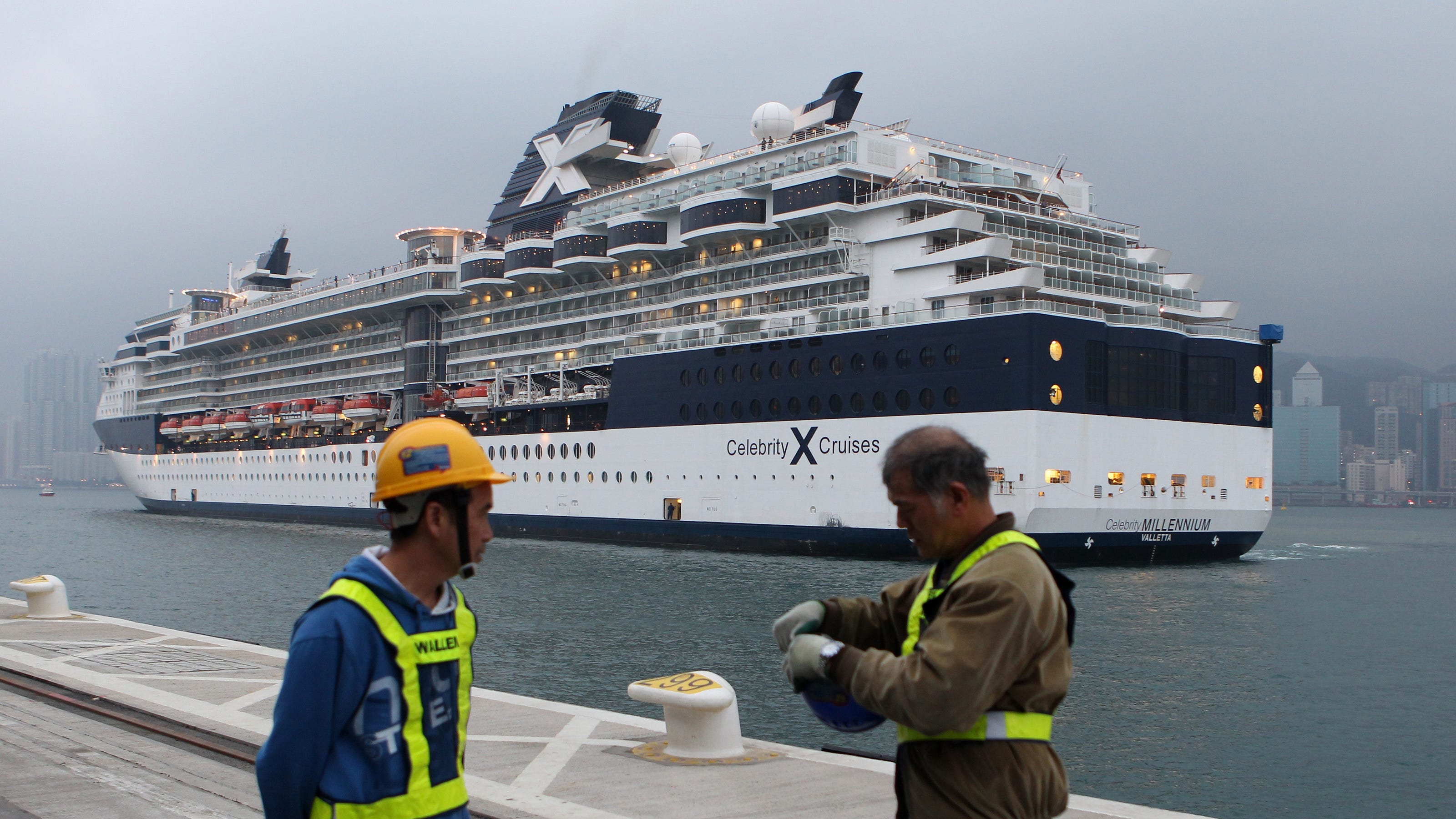The Centers for Disease Control and Prevention announced new guidance for the cruise industry Wednesday and will give cruise lines until Feb. 18 to decide whether they want to opt-in or not. The new COVID-19 program comes nearly a month after the agency’s Conditional Sailing Order – which outlined numerous health and safety protocols – expired on Jan. 15. Most guidelines outlined in the CSO remain in the updated programme.
Capt. Aimee Treffiletti, who leads the CDC’s maritime unit said that the CDC is committed to continuing to work with a cruise industry. They do hope that cruise lines choose to follow this program, because it does represent the best public health measures to help prevent illness onboard, and COVID transmission, as well as severe outcomes.
The CDC still advises travelers against cruising, especially for those who are at an increased risk of severe illness, as daily COVID-19 case counts remain high due to the omicron variant.
The chance of getting COVID-19 on cruise ships is high because the virus spreads easily between people in close quarters on board ships,” the agency says on its website. “If you travel on a cruise ship, make sure you are vaccinated and up to date with your COVID-19 vaccines.
The CDC’s new COVID-19 program adds a new “vaccination status” tier that offers a tailored approach for ships that operate with passengers and crew that are almost entirely fully vaccinated and boosted.
Cruise ships are split into three tiers under the new program: “Highly vaccinated” ships have at least 95% of passengers and crew fully vaccinated. “Not highly vaccinated” ships have less than 95% of passengers and crew fully vaccinated. Ships that fall under the third and newest tier, “vaccination standard of excellence,” have at least 95% of passengers and crew “up to date” with their COVID-19 vaccines, which would mean full vaccination plus any eligible booster shots.
